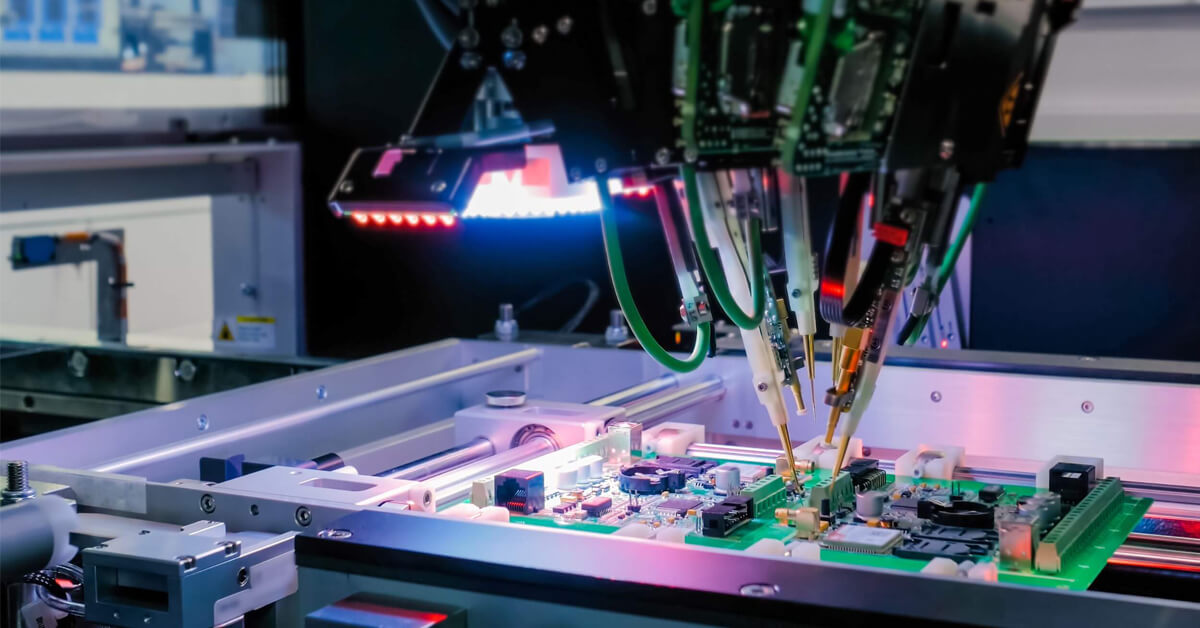
- Admin
- 05May
- PCB
ESD & Labels on PCB Assemblies
Have you considered ESD issues generated by your electronic assembly labels? It might be good to remember that separation of any two materials in contact is likely to generate an electrostatic charge. Removing labels from their release liner or even removing a label from a finger creates voltage differences, which charge a label, operator and […]
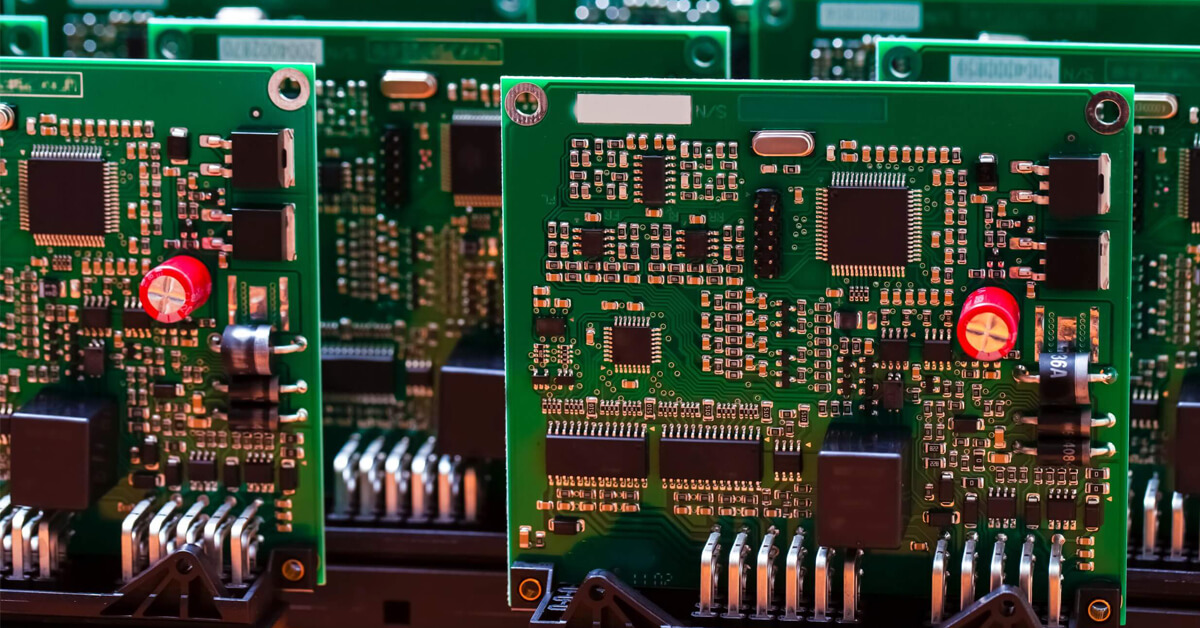
- Admin
- 08Apr
- PCB
Practical Tips To Save Money On PCB Manufacturing
Keep Your Board Size to a Minimum Always try to keep your completed board size to a minimum. The bigger a board, the higher your material cost. However, this also works the other way around. If you make your board excessively small, a manufacturer will need very precise equipment to produce it. So it’s a […]
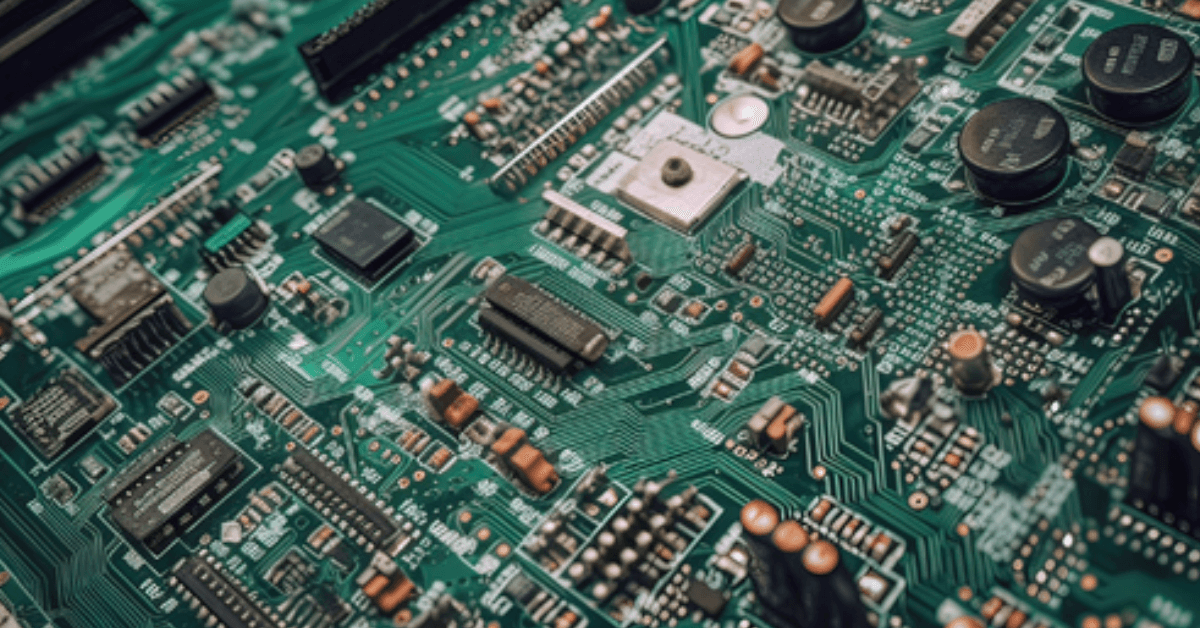
- Admin
- 07Mar
- PCB
Potting vs Conformal Coating of PCB Assemblies
Potting vs Conformal Coating of PCB Assemblies Conformal coatings are a protective, non-conductive dielectric layer that are added to a circuit board or electronic device. A coating “conforms” to the object being coated (often referred to as the “substrate”), allowing protection without significant additions to the weight or thickness of the device. Potting is also […]
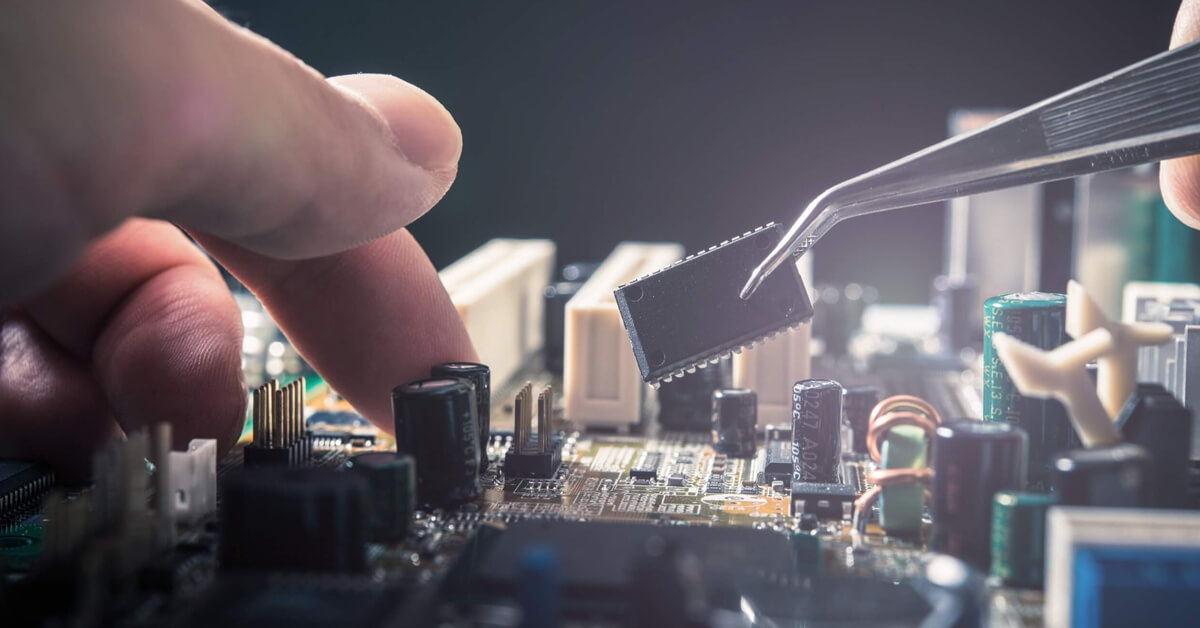
- Admin
- 06Feb
- PCB
Shifting Supply Chains from China to India
Following the double whammy of the US-China trade war and the COVID-19 pandemic, an increasing number of global manufacturing companies are looking to shift parts of their supply chains, including PCB and electronic PCBAs, from China to India, according to multiple recent reports. Many companies have suffered significant disruptions to their supply chains as authorities across the […]
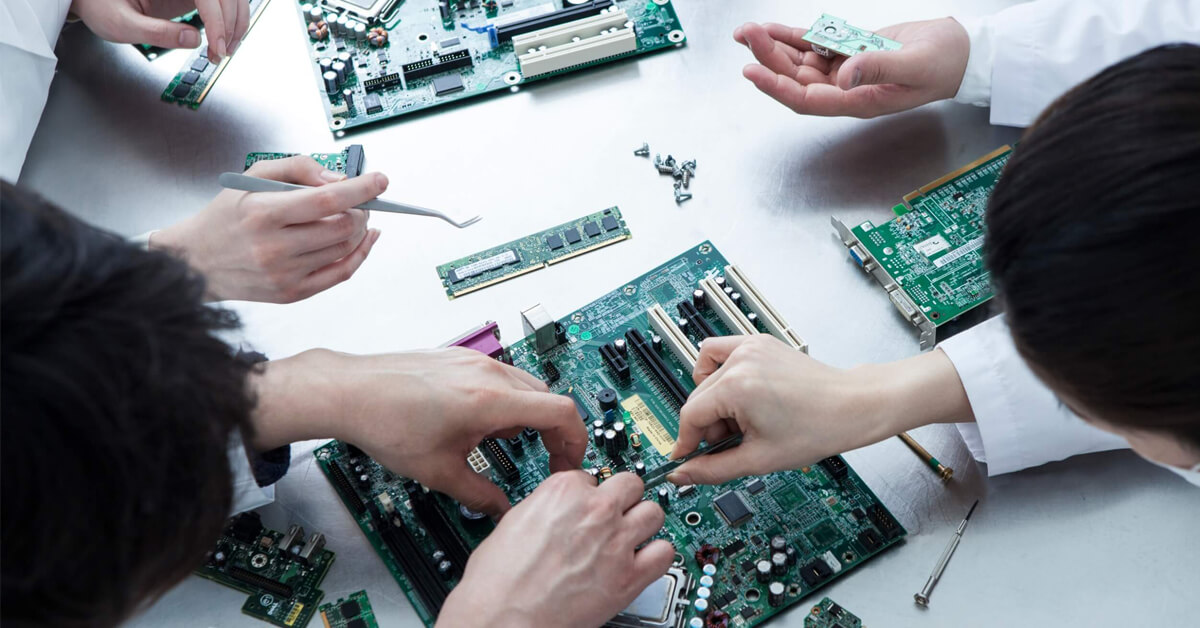
- Admin
- 01Jan
- PCB
PCB Assembly, First Article Inspection Process
The first article inspection process is a critically important step in the manufacturing process of your PCBA. When your PCBA assembler sets up your design and the assembly process required to produce units to your defined specifications, the first boards are generally considered as “first article” production. “First articles” are not prototypes or PCBA pre-production […]
- Admin
- 07Apr
- PCB
DFM Hints for PCB Design
Printed Circuit Board Designers deal with an array of challenges, from electrical, functional, mechanical, production, quality and price. To avoid some common problems, Design for Manufacturability (DFM) considerations should also be factored into the design process. Some of the most common DFM problems are discussed below, along with some alternative considerations. Footprint Geometry Try to refer […]
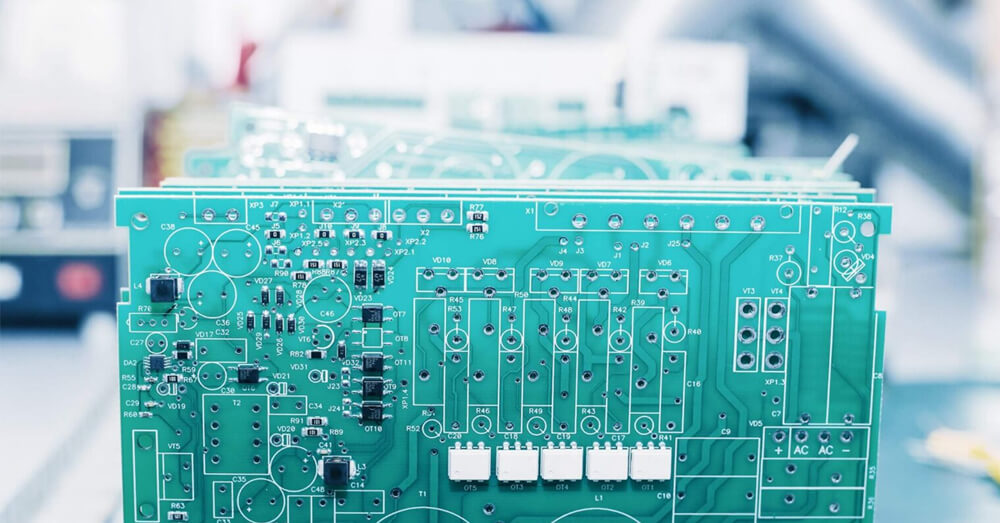
- Admin
- 05Apr
- PCB
How can Printed Circuit Board Manufacturers, Customers, and Suppliers speak the same language?
One way is to use a standard convention such as the Association Connecting Electronics Industries, or IPC Standards. The IPC is a global trade association for the electronic interconnect industry (www.ipc.org) covering design, Printed Circuit Board manufacturing and electronics assembly. Specific topics covered include: Acceptance, Fabrication, Flexible Circuits, General, High Density / Fine Pitch, High Speed / […]
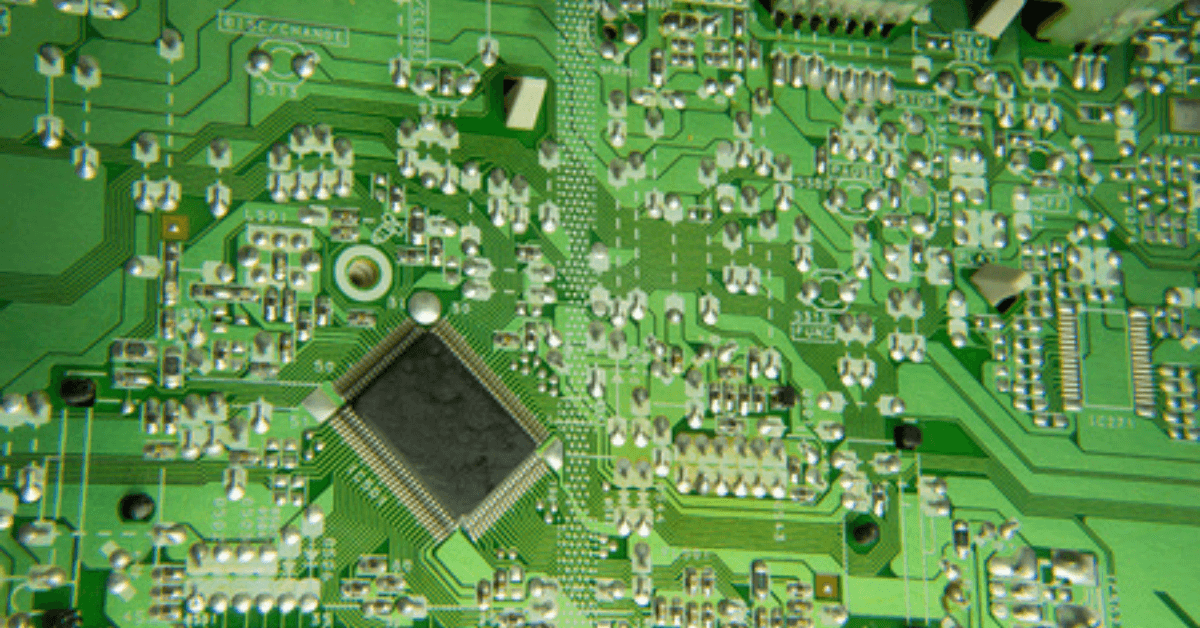
- Admin
- 03Feb
- PCB
PCB Manufacturing
Prior to the start of Printed Circuit Board (PCB) manufacturing, engineers review all drawings, specifications and files to ensure manufacturability. Any identified concerns or issues or communicated back to the customer for clarification or correction. Once complete and all issues or concerns are resolved, the first step of the manufacturing process is to release material to […]
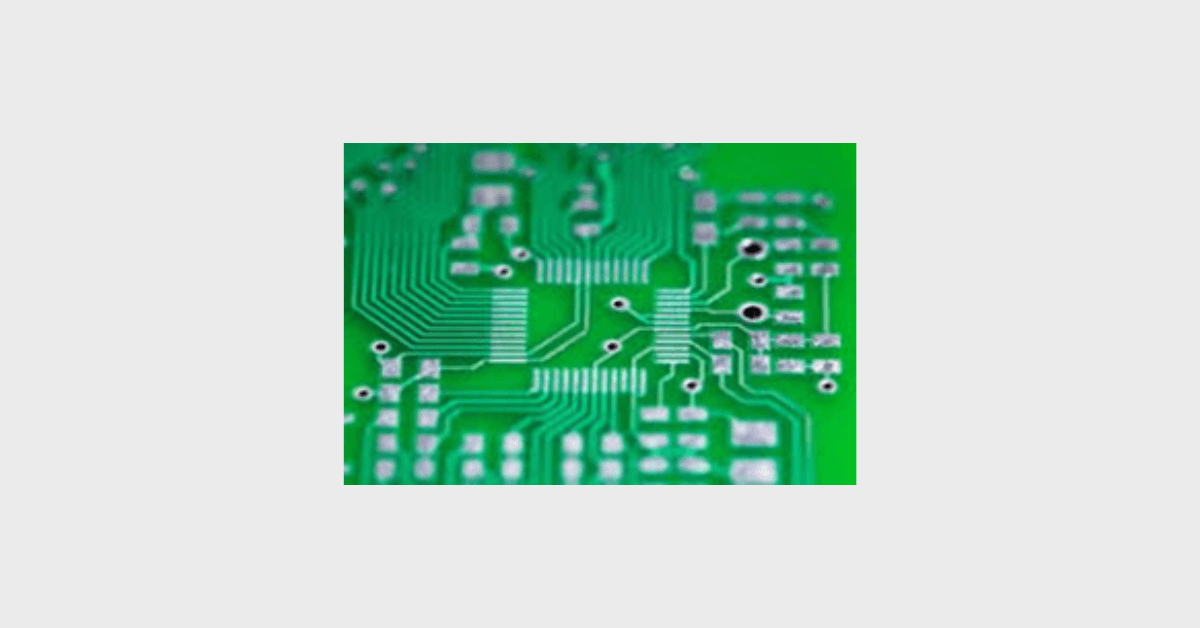
- Admin
- 01Jan
- PCB
Printed Circuit Board – Copper Thickness
The most common measurement unit for copper thickness on a Printed Circuit Board (PCB) is ounces (oz). How thick is that? It’s the thickness when 1 oz of copper is spread evenly over a one foot square area. It equals 1.37 mils (or 1.37 thousands of an inch). For other common units of measure, consider: 1 oz […]
- Admin
- 02Nov
- Industry
Solid State Lighting Assembly
Generally considered assemblies constructed of light sources emitted via solid-state electroluminescence via PLED’s (polymer light-emitting diodes) or LED’s (light-emitting diodes) instead of gas, plasma (fluorescent lamps), or electrical filaments (incandescent lights). Benefits Solid State Lighting Assemblypresent many notable advantages over compact fluorescent (CFL) or incandescent lighting technologies. Benefits in terms of energy savings and environmental […]
Categories
Recent Posts
- Key Benefits of Artificial Intelligence in the Electronics Industry
- Inspection Hurdles in PCB Assembly Manufacturing
- Important PCB Failure Analysis Techniques
- Common Mistakes in Rigid-Flex PCB Assembly Design and How to Avoid Them
- Advantages & Disadvantages of Electronic Manufacturing Services – India vs China


